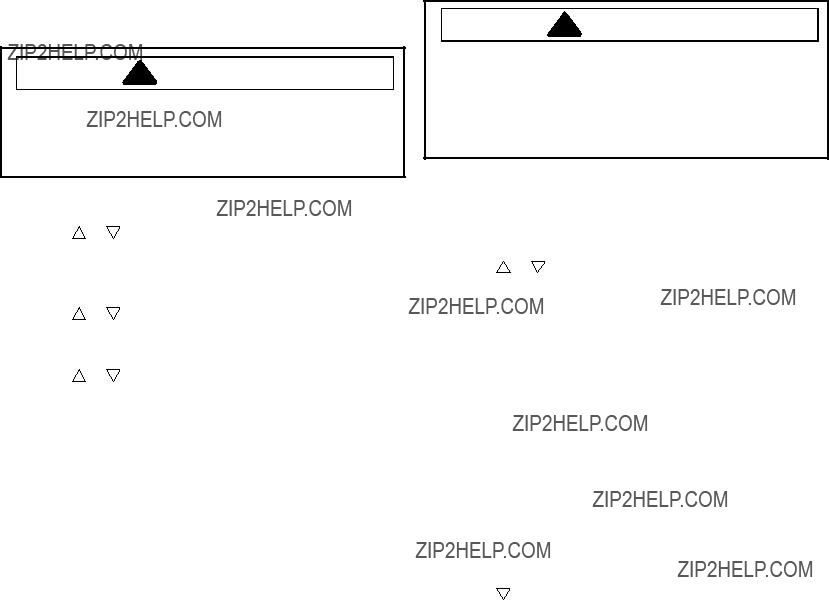Oven Light Bulb/Oven Light Socket
1.Turn off power to unit.
2.Open oven door to gain access to oven light.
3.Unscrew (counterclockwise) glass knurled dome.
4.Using a glove, unscrew (counterclockwise) oven light bulb.
NOTE: Proceed with the following steps for oven light socket removal.
5.Remove screws securing unit to the wall.
6.Remove oven from cutout opening.
7.Disconnect or unplug the power cord leading from unit to fuse box or junction box depending on unit.
8.Remove screws securing outer wrapper top cover and remove.
9.Carefully displace fiberglass insulation away from rear of light socket.
10.Push inner assembly of light socket towards rear of range.
11.Disconnect wires from light socket.
12.Reverse procedure to reinstall light socket. Reposition insulation around lamp socket. Do not overtighten.
NOTE: Reposition fiberglass insulation around oven light socket to eliminate possibility of heat related problems.
Oven Tank Removal
1.Turn off power to unit.
2.Open oven door and remove screws securing unit to the wall.
3.Remove oven from cutout opening.
4.Disconnect or unplug the power cord leading from unit to fuse box or junction box depending on unit.
5.Remove broil reflector/element, convection fan cover, convection element, convection fan blade, oven light cover, light bulb, oven light socket,heat sensing element, smoke eliminator screws, and disconnect ground wire from oven light bracket.
6.Remove screws securing outer wrapper top cover, and outer wrapper cover.
7.Remove screws securing chip cover and remove chip cover.
8.Remove screws securing tank hooks, located on the outside rear of the unit.
9.Using both hands, press upward in the back of oven cavity to release tank hooks.
10.Grasp either the right or left corners of oven cavity to manuver cavity outward. If problems arise getting cavity started outward, use a small thin plastic or wood prying device in the corners of the cavity to start cavity moving outward.
11.Transfer oven light bracket to replacement tank.
12.Reverse procedure to assemble.
NOTE: Unit should be run through at least one clean cycle to set insulation.
Oven Door Removal
1.Open oven door and remove screws securing door to hinge assembly.
2.Place oven door in first stop position, then grasp both sides and lift up off the hinges.
3.Reverse procedure to assemble.
Frameless Door Disassembly
1.Remove oven door, see ???Door Removal???.
2.Remove screws on right and left sides of oven door.
3.Remove screws securing door liner to door face assembly
4.Remove screws securing bottom shield and door bottom insulation.
5.Remove screws securing inner glass support securing top glass mounting brackets and bottom glass mounting brackets.
6.Remove glass mounting bracket and glass window.
7.Remove screws securing heat door liner shield and remove.
8.Remove screws securing door handle.
9.Reverse procedure to reassemble.
NOTE: When reassembling door, verify HB II marking on the glass is facing towards the heat (in side of the oven).



 Recognize this symbol as a safety precaution
Recognize this symbol as a safety precaution


 screw here
screw here












 Insulation
Insulation Bottom shield
Bottom shield
 A
A








 pad until desired temperature appears in display. Temperature can be set from
pad until desired temperature appears in display. Temperature can be set from







 until desired temperature is displayed or ???HI??? for broil or convection broil.
until desired temperature is displayed or ???HI??? for broil or convection broil.




